Who decides how much culture is enough?
The arts should have seen it coming: theatres and museums were amongst the first to close. Culture proclaimed itself to be in crisis as early as March, and little relief came with the lifting of the first wave of lockdown. The idea that stages and galleries would soon again be full and reemploy the thousands of workers they used to should have solicited some scepticism.
The art community’s outraged response to a government campaign which suggested that the young ballet dancer Fatima may do well to consider a career in cyber security points to quite the opposite. Earlier, Rishi Sunak attracted the scorn of every artist, technician and arts manager when he suggested that some creatives may have to retrain. He had, after all, told us even in his ‘good cop’ moments that not all jobs could be saved.
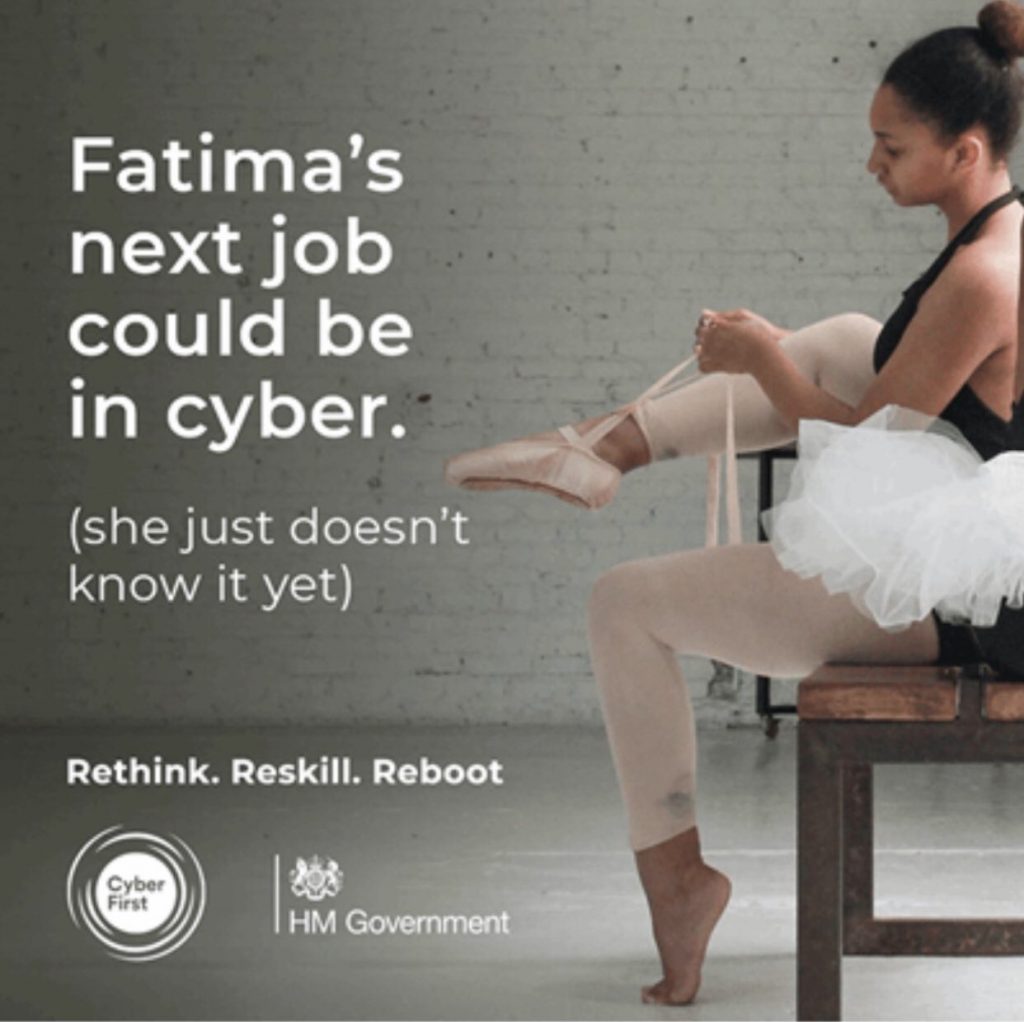
Parts of the artistic community thus welcomed the £1.57 billion Culture Recovery Fund with suspicion and a cry of betrayal. Arts jobs must be saved! Dancers have to dance, artists have to make art, curators have to curate… Remember when Trump laughed at the idea that Kentucky coal miners, with their “big beautiful hands”, would retrain as coders? That must be for a different kind of person altogether.
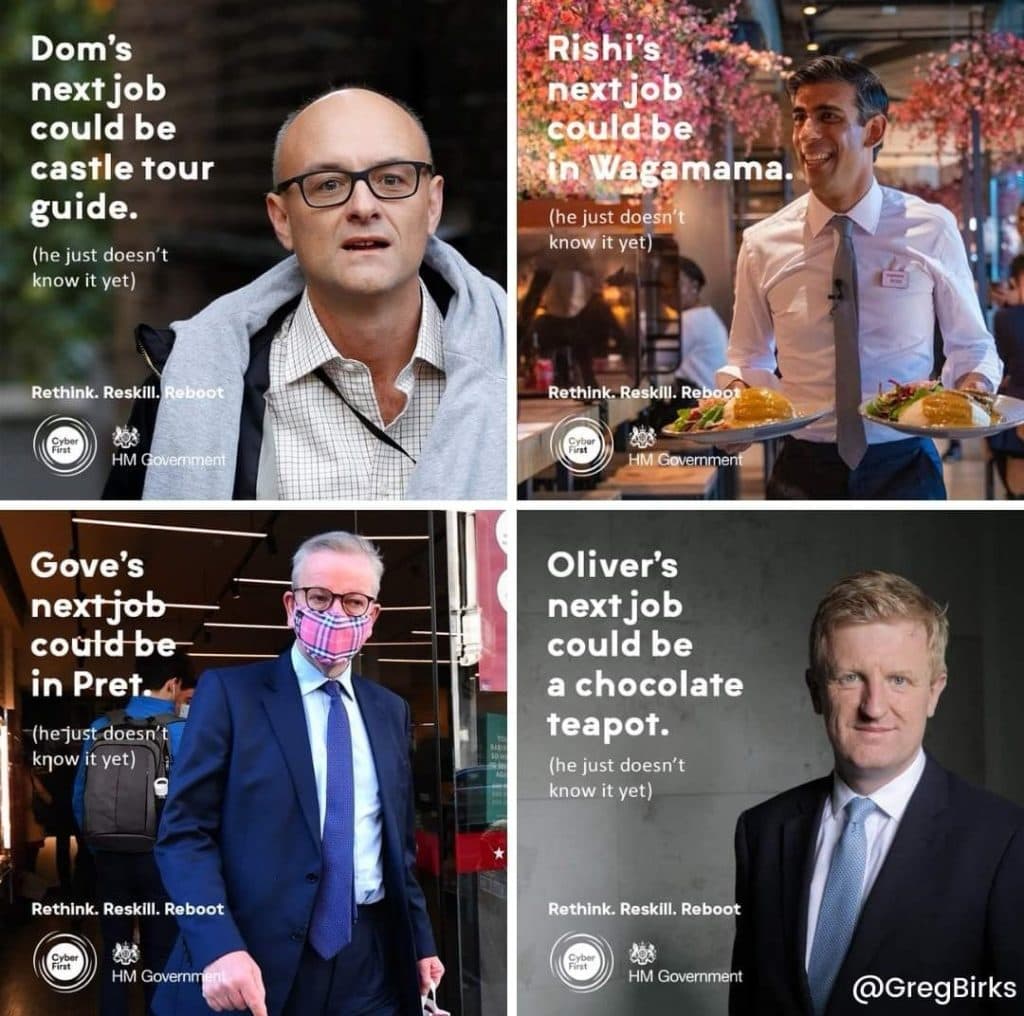
The government, in fact, has little interest in reforming lost artistic souls. Fatima, for example, was not a seasoned professional forced to throw away years of training and experience in pursuit of a suitable post-pandemic job, but part of a 2019 National Cyber Security Centre campaign encouraging school-age girls into careers in the digital sector through training and bursaries. Likewise, Rishi Sunak never suggested that cultural workers turn elsewhere, and ITV retracted the story. Yet the hair-trigger response reveals the art world’s deep and well-founded anxiety.
Supply and demand
Who, then, decides how much art is enough, and who gets to make it, manage it, and critique it before it reaches its audiences? Before the pandemic, some culture fared well in the free markets – think of the commercial successes of West End musicals, for example. Other art forms, like the visual arts or dance, made a good show of looking healthy between diminishing public funding and the infancy of private patronage.
As efficient as markets have been at determining cinema ticket prices and auction results of blue-chip art, they’re no help with an artistic work or experience that actively resists commodification. Culture has long maintained that its price tag is at best a reflection of labour or materiality. The emotional, ethical, or political aspects of contemporary art are more akin to the spiritual and eternal values mediated by religions than the market-driven premiums of fair-trade chocolate or ethical laundry detergent. In art, all products are marketed as ethical, redemptive and transcendental, or as disruptive, life-changing or quite simply genius.
The underlying story of art and artists in the past decades, however, has been one of a dramatic rise in the sheer volume of cultural production. Many more artists produced far more art in Britain in 2019 than at the end of the last century, but public demand had not necessarily kept up. Shepherding the sector into a post-pandemic world will take a lot more than a bailout.
Let’s fill this town with artists
A major cultural change came at the turn of the century, which saw the arts – and visual art in particular – adopting a new, active role in responding to the mood of society. With new public funding and policy, art became an agent of social amelioration and change. Art schools expanded accordingly to train new armies of artists, and even the economic crisis of 2008 did not deflate their bubble for long. Britain would have all the artists it wanted to – and more.
By the time the public funding landscape changed in 2010, there were more than one eager artists for every job, exhibition, socially-engaged project, or commission available. The teenage Fatima would be well advised to think hard about her choice of career as many practising artists saw their earnings stagnate, and plenty of the younger ones struggled at the bottom rung of the career ladder where opportunities are rewarded with ‘exposure’ rather than cash. All the same, the idea of putting ‘artists first’ espoused publicly by arts institutions continued to cultivate the myth of the artist as a privileged visionary.
Here, art bears an uncanny resemblance to European religions. As parish priest, today’s average artist forgoes the riches of the cathedral or the power of the higher levels of the hierarchy. Their main reward is the respect of their communities, the ability to interpret cultural codes, and the power to ritually deliver supplicants from philistiny and intellectual impoverishment. The aesthetic mission of art tries to keep the same distance from the business of art’s societal impact as the church does between the gospel and its charitable work, which make arguments about the value of cultural enrichment about as complex as critiques of institutions of the church.
Accounting for taste
What of demand for art and culture? Different sections of society take starkly divergent views of which artistic and cultural practices are desirable. Opera almost always commands significant state subsidies, offering indulgences, the highest levels of redemption for the bourgeoisies. Theatre, perhaps for its ability to speak to the present, has been more likely to pay its way. That Shakespeare’s Globe sustained itself commercially is a sign of the importance of heritage theatre to the national psyche: GCSE Macbeth gets one into purgatory at least.
Not so for all arts. The contemporary visual arts or contemporary dance, for example, could hardly survive at the mercy of their ticket-paying publics and philanthropists alone. It’s public subsidy, and the artificially low costs of artistic labour that have allowed a plethora of loss-making artistic institutions to survive and grow as they have.
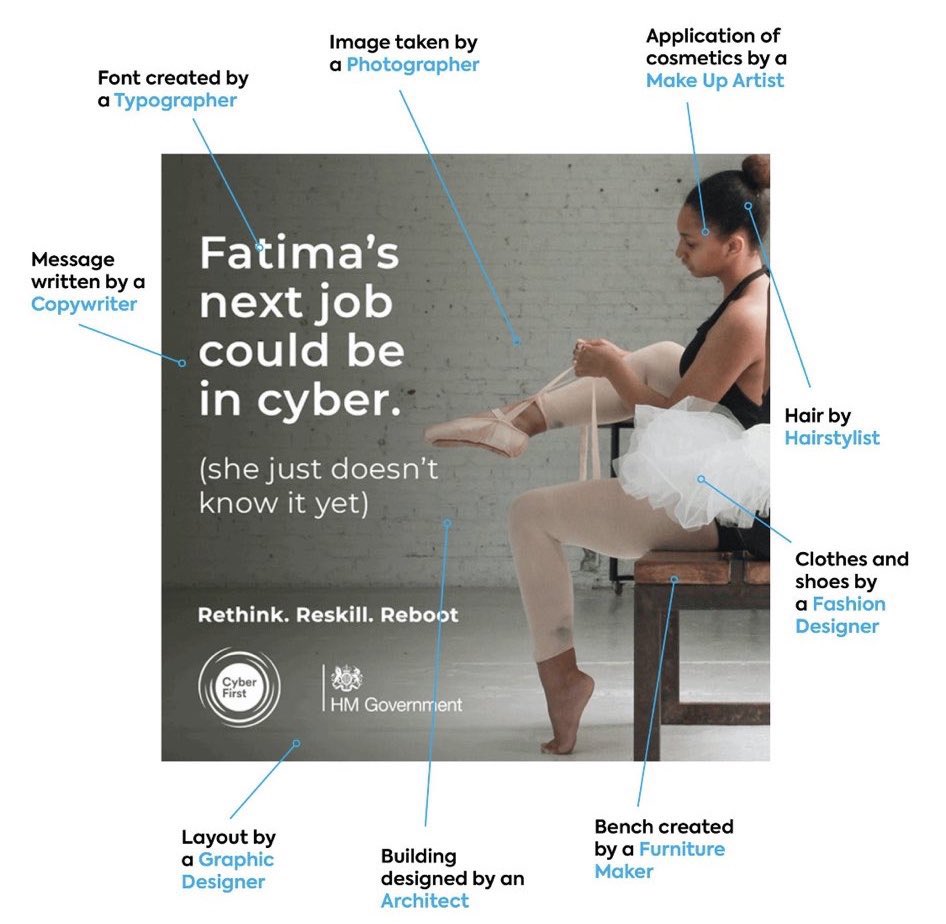
Even if no government would diminish the importance of culture to society, it often falls on artists themselves to manufacture intellectually-satisfying levels of public demand for their art. It’s not just marketing, however. When the church struggled to solicit sufficient tithings from parishioners with god’s good news alone, it could always send in the devil as reinforcement. Perhaps to its detriment, art rarely scares its audiences into submission, but its institutions are the prime interpreters and valuers of non-commercial culture. It’s art and artists who decide how much art is enough, and this interpretative monopoly has driven the expansion of the arts priesthood over the past three decades. Knowingly, requests for supply-side subsidies are often framed in the language of demand. Arts Council England, for example, calls for ‘art for everyone’, whether they want it or not.
Some art is better than no art, but more art is not always better than that
None of this has been a bad thing for audiences, and much of the arts was perfectly financially viable before the pandemic, at relatively low cost to the taxpayer. For artistic aspirants like Fatima, the arts offered nothing but encouragement, promising autonomy, the support of a powerful peer group, and offering the chance to change the world and shape public sensibilities – all while doing what one already loves.
In fact, the industry has been in denial for years. The supply-success of cultural production comes at a relatively low cost to the taxpayer, but not without the level of rot one might have more readily associated with the exploitative aspects of shareholder capitalism. And what’s the one resource that art had no shortage of to address these institutional problems? Naturally, it has been more art. Audiences aren’t visiting your museum? Hire cheaper community artists to visit your audiences. Political art hasn’t yet started the revolution artists were promised at school? Run more social practice projects. Commercial galleries carve up the market leaving most artists without a chance of success? Produce more work critiquing galleries. Museums are corrupt and undemocratic? Have artists produce more institutional critique. Young artists are drowning in debt and waiting tables to make ends meet? Educate more artists so they can problematise the condition to their own unemployability.
Gross culture added
As the pandemic wrecked the cultural industries, a plea from the devil playbook of organised religion called on the public to remember artists in their dark hour. “If you think artists are useless, try to spend your quarantine without music, books, poems, movies or paintings”, cried one meme. This might have worked temporarily, but even if Netflix and Spotify saved the day, there’s still no easy way for the public to value the arts and artists directly should they wish to. As it stands, Fatima’s job is as good as gone, and if the arts dismiss the warning to ‘rethink, reskill, reboot’, they will do so at their peril.
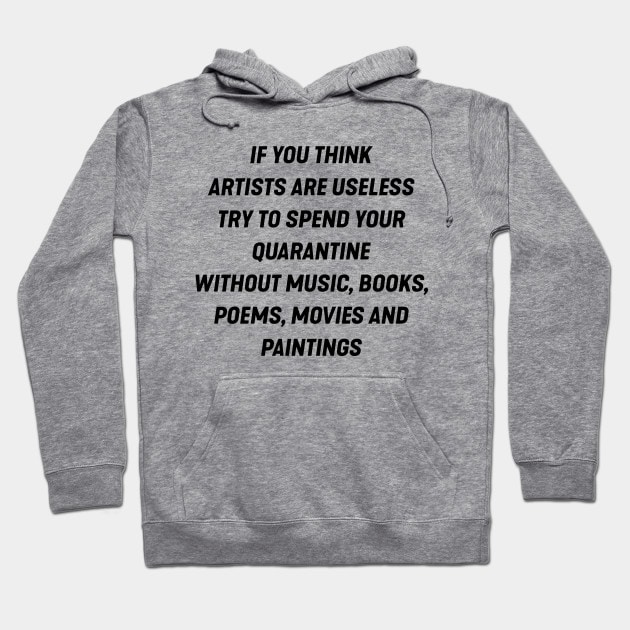
In their refusal to deal with their systemic problems, the cultural industries have neglected to develop meaningful narratives of their social value, preferring to instead talk about economic contributions or the imperative of supporting artists in following their calling. The problem they face now is that neither of the arguments is particularly compelling at a time of crisis. Claims of the value of culture based on comparison with the size of the aviation industry have limited appeal, particularly taking into account the cost of diminished earning potential and unpaid student loans of arts graduates and other forms of welfare many artists depend on.
After the flood
One alternative to this battle for scarce resources and symbolic rewards is the Scandinavian model of state-sponsored no-strings-attached stipends for artists, last seen in the UK in the 1980s. For the country the size of Norway, this is an efficient way to support an artistic workforce: the state can effortlessly afford to educate and maintain, say, a thousand artists, and thus take the credit for the success of the country’s top thousand talents, regardless of whether these artists do much at all or not. At scale, this approach is expensive (remember the inexhaustible supply of artistic talent), and prone to making losses on its investments, unless it becomes merit-based and selective at the outset, determining who would become an artist perhaps by restricting the number of arts graduates.
This latter valve-approach is what DCMS and its Culture Recovery Fund appear to favour. Allocating its cash to commercial organisations as much as to non-profits, Arts Council England nodded to a demand-led recovery, while Oliver Dowden appealed to museums to spend the money in an entrepreneurial manner. Elsewhere, policy announcements signalled a reversal of the supply-stimulating policies that ruled arts and humanities education for the past decades. Governments since 2010 have made it clear that they don’t wish to keep stimulating the supply of art, and on the understanding that the marginal benefit of training an extra artist tends to nil, the arts were sotto-voce singled out as an example of the kind of education the state no longer wishes to invest in.
What next for Fatima?
For many theatres and music venues, the worst may still be yet to come, but neither the assets nor the skills and talents of the arts ecosystem will dissipate this easily. It will take time and be no plain sailing for countless individuals, but where once stood a community arts centre or an experimental production house, we may eventually find a commercial operator who saw an opportunity in the gloom of the pandemic.
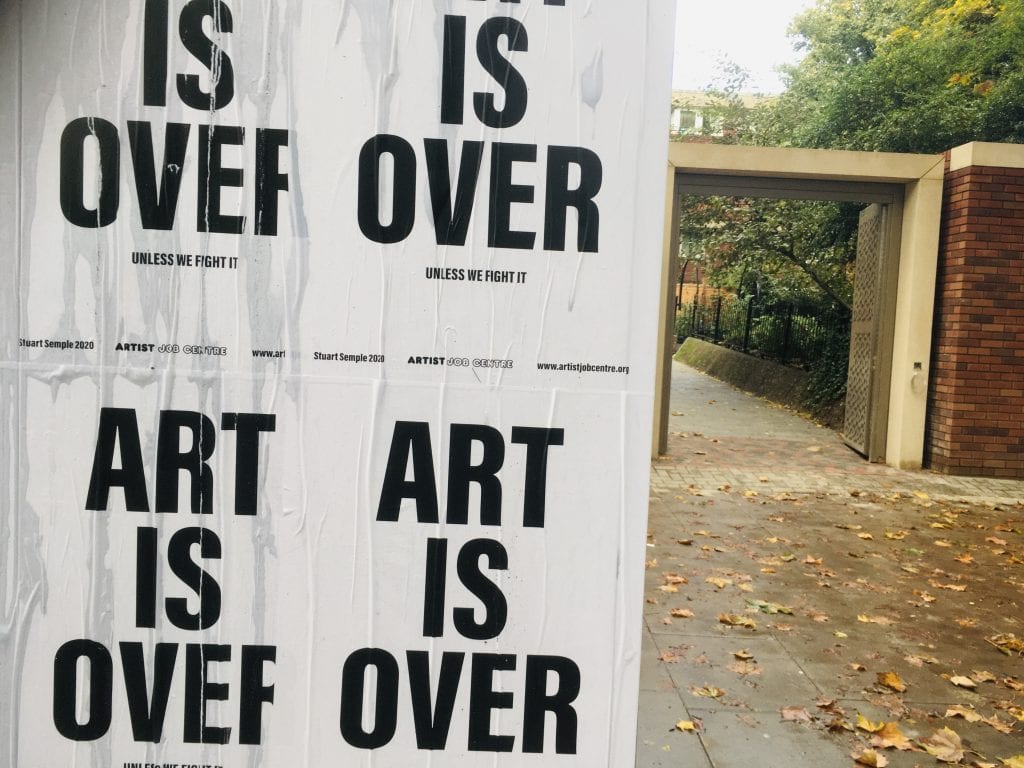
Fatima can for now remain hopeful that the industry she loves will find some space for her in the future – if she can survive the next year or so, that is. Ironically, although to no consolation, the competition for scarce opportunities and the struggle to become a professional artist may well have prepared her to cope better with the uncertainties of her frayed industry.
It may be the government’s softly-stated desire that in time, there will be fewer young Fatimas competing for the more market-appropriate number and kinds of artistic jobs, saving the taxpayers money on both supply and demand. Such a policy would be at best short-sighted, but perhaps go some way to demonstrating the evasive values of culture to society just as that culture becomes replaced by something else altogether.
For now, young people will continue to flock to the arts, even with the full knowledge of the sacrifices they might likely endure – not because they didn’t have the talents to become cyber security experts, but because the arts are about the only realm of contemporary life that sometimes still deliver on their promises of authenticity, freedom, and agency.

